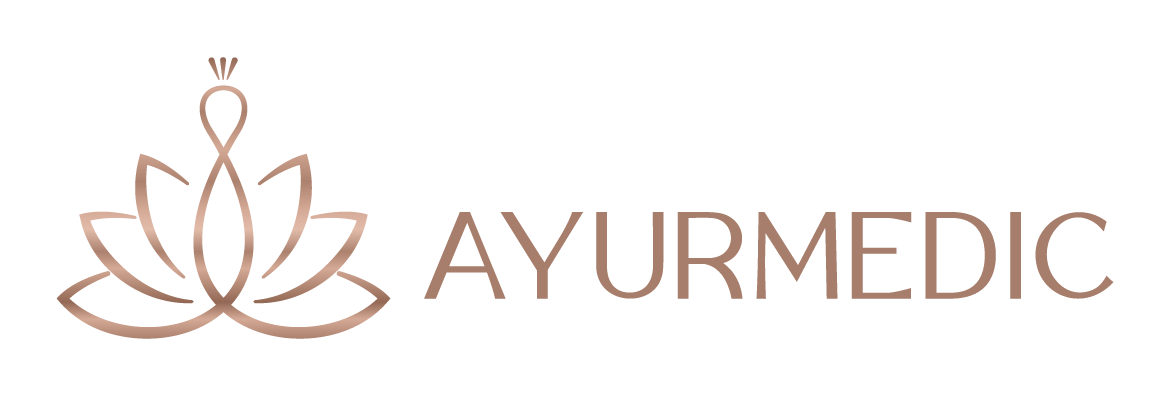The cardiovascular system includes the circulatory system and the lymphatic system. The circulatory system includes the heart muscle, the blood vessels in which blood circulates throughout the body. The lymphatic system - lymphatic vessels, channels, trunks and capillaries through which lymph flows.
The central organ of the cardiovascular system is the heart, which is divided longitudinally into two halves. Each half is also divided into two parts: the atrium and the ventricle, with an opening between them with valves that allow blood to flow in one direction only.
The atrium collects the blood entering the heart muscle and pushes it into the chambers, from where the blood is pumped into the arteries. The blood vessels form two circuits of circulation: the small and large circulations. The small circle, which consists of the pulmonary arteries, exchanges gases. Carbon dioxide passes from the blood to the lungs, oxygen from the lungs to the blood. The large circulatory system covers the whole body and is actively involved in metabolism.
In the past, heart disease was usually diagnosed in older people, but nowadays, unfortunately, it is also affecting younger and younger people. That is why the prevention of cardiovascular disease is at the forefront of our work.
The most common problems of the cardiovascular system:
Coronary heart disease (CHD) includes several diseases that are caused by problems with the blood supply to the heart muscle due to damage to the coronary arteries.
A myocardial infarction Myocardial infarction is a form of CHD. Part of the heart muscle dies as a result of insufficient blood supply. The main symptoms of this pathology are sharp pain behind the sternum, cough and shortness of breath. The provoking factors are high blood pressure, stress, physical and psychological-emotional overload.
From atherosclerosis In atherosclerosis, cholesterol and fat-containing proteins are deposited on the inner membranes of blood vessels. As the disease progresses, connective tissue begins to spread and atherosclerotic plaques form.
They block the lumen of the blood vessel and obstruct normal blood flow, leading to chronic insufficiency of blood supply to tissues and organs.
From arterial hypertension - high blood pressure. The accepted value is 120/80 mmHg (mercury column millimetres) blood pressure. If it exceeds 140/90 mmHg (millimetres per millimetre of mercury), blood pressure is considered to be elevated.
Arterial hypotension - the low blood pressure, 90/60 mmHg (mercury column millimetres). Unlike patients with high blood pressure, patients with low blood pressure do not have the same risk of heart attack or stroke. However, it does affect quality of life, with these patients experiencing constant weakness and headaches.
Timely monitoring of the cardiovascular organs can prevent serious complications, including stroke.
Markers of their status: Markers of their condition: shortness of breath both during physical exertion and at rest, undue weakness, difficulty breathing, especially at night, swelling of the legs, dry cough, heart rhythm disturbance, heart pain of varying intensity radiating to the liver or back.
Regular checks should be carried out once a year.
In addition to the consultation and treatment by a cardiologist, all the necessary tests can be carried out at the CALENDULA Clinic:
ECG
Echocardiography
Stress test
Holter monitoring
Checking blood pressure
Ultrasound of lower limb blood vessels and arteries
Ultrasound of the thyroid gland.
The aim of cardiovascular organ management:
- normalising blood flow,
- improving the rheological properties of blood,
- strengthening the heart muscle and the vascular walls,
- identifying and eliminating the causes of hypertension,
- preventing the development of atherosclerosis, heart attack and stroke.
- we also help you recover after heart surgery
Our recommended treatment programme is "Complex Panchakarma" or the "Remedial programme", which includes the necessary Ayurvedic therapies and medicines. All necessary procedures and tests are determined by the doctor after a personal consultation, depending on the patient's condition.



